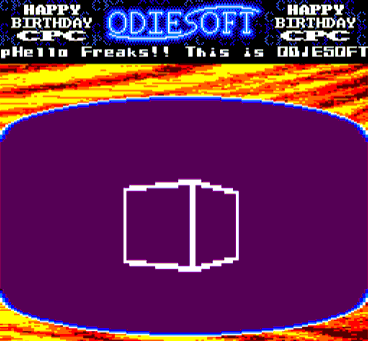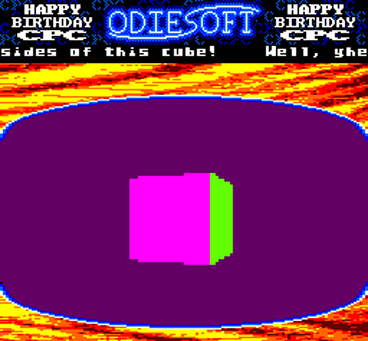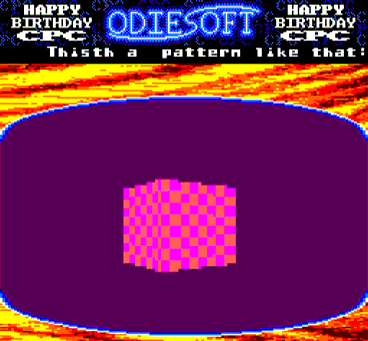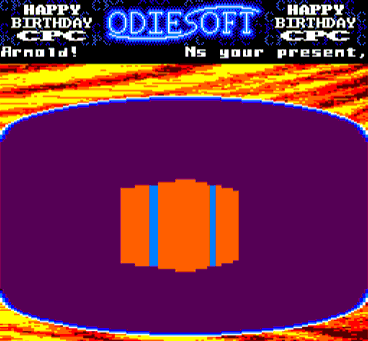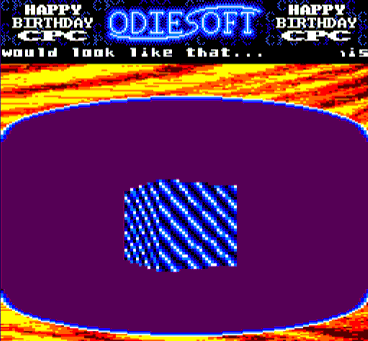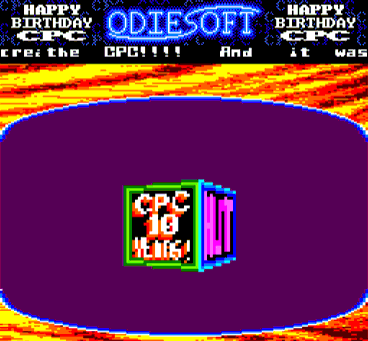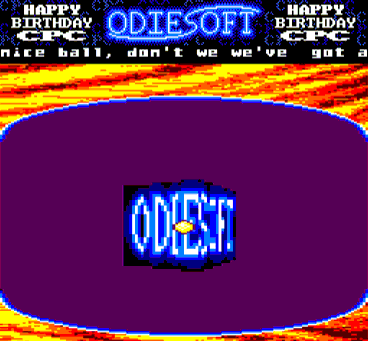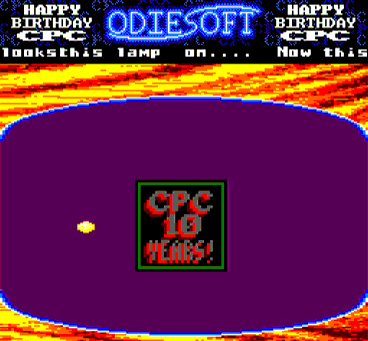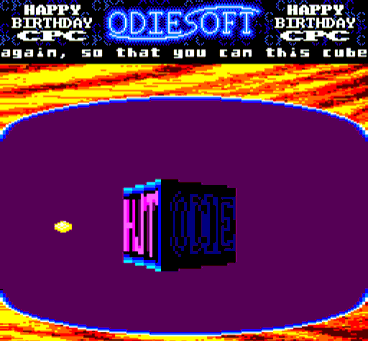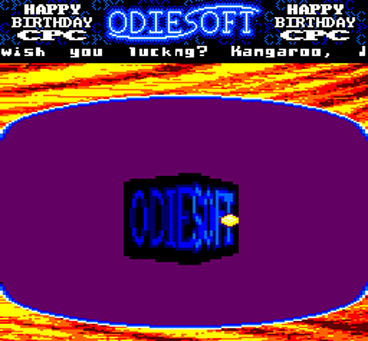| Home |
|
Amstrad |
|
Introduction Odiesoft demos Odiesoft games CPC Party pictures Downloads |
| Anime |
| Party pictures |
| Guestbook |
| Links |
| Contact |
Original Texture Mapping1993 | ||||||
Texture Mapping was THE big thing on 16 and 32 Bit computers in the early nineties. Games like "Wolfenstein 3D" and "Doom" were selling in the millions, mostly because of the texture mapped 3D environment that was the main feature of these games (and is an necessity for any game whatsoever nowadays...). For the 8 bit users the question whether texture mapping was possible on their machines or not was the paramount concern at that time. On the C64 and later on the ZX Spectrum some users actually managed to create 3D engines with not too many drawbacks and a decent speed. Despite the higher CPU speed (3.75 Mhz) and the better calculation abilities the CPC was somehow left out of that 3D movement. Just a few users developed vector graphics routines and besides Face Hugger and me (as far as I know) nobody tried to write routines that rotated or twisted bitmaps and not only line graphics.
I wanted to give it a try anyways. I thought that if I just rotated a small square and then zoomed it to occupy a more substantial part of the screen it would look a lot better, probably a bit blocky, but hey, the CPC just ran with 3.75 Mhz, any texture mapping whatsoever on this machine would have been an accomplishment worth an award for outstanding achievements! Nevertheless I wanted to start by rotating a face around the y-axis. Doing a rotation around the x-Axis would have been easier, but I felt that it wouldn't look very impressive. Actually I intended to do both, the rotation around x or around y (but not at the same time), but just the y-Axis rotation took up so much memory that there wasn't enough memory left for the x-Axis rotation anymore.
When I wrote the texture mapping demo I hadn't planned a release date or place yet. I just wrote it and when I was asked to contribute a part to the Jubilee Joy demo for the 10th birthday of the CPC I accepted. Thus the Texture Mapping became the final part of the Jubilee Joy demo. The texture mapping demo was a classic suspense part, that is it didn't reveal its true face at once but offered just enough of the effect to arise curiosity in the viewers. Bit by bit it would add to the effect until it finally revealed itself for what it was: the first texture mapping on the CPC! So at fist you saw just a regular vector line cube, then it turned to a filled vector cube and finally the textures were displayed on the four available surfaces of the cube (the top and bottom surface were never seen...). Unfortunately I think I kept the users a little too much on the tenderhook, because it really took several minutes until you got to see the texture mapping and maybe some CPC freaks just didn't have the patience.
On a green screen it looked a lot better, since there the hues of the 27 colors compose a linear gradient from very bright to black. Even though not many people used a green screen I still created a version of the demo that was designed for green screens. It looked a lot better, but I don't think a lot of CPC users have seen it. Later during the demo you were able to gain control over the rotation of the cube and the light source. With the correspondent keys you could move the light source in one or the other direction, turn it on or off and start and stop the rotation of the cube. I've designed the demo in a way that the cube would rotate only in one direction. I don't remember why I did that. I think a lot of extra programming effort was involved in having the cube rotate clockwise as well - or probably I was just a little lazy. I don't remember, really!
Some time later I created an update of the texture mapping that had used the extended color range of the CPC+, some new graphics for the textures and that didn't take this long to get down to business. See the Texture Mapping Plus page in the demos section for more information. | ||||||
| ||||||
| ||||||
|
last updated on Monday, February 16. 2004 by Odiesoft
|
